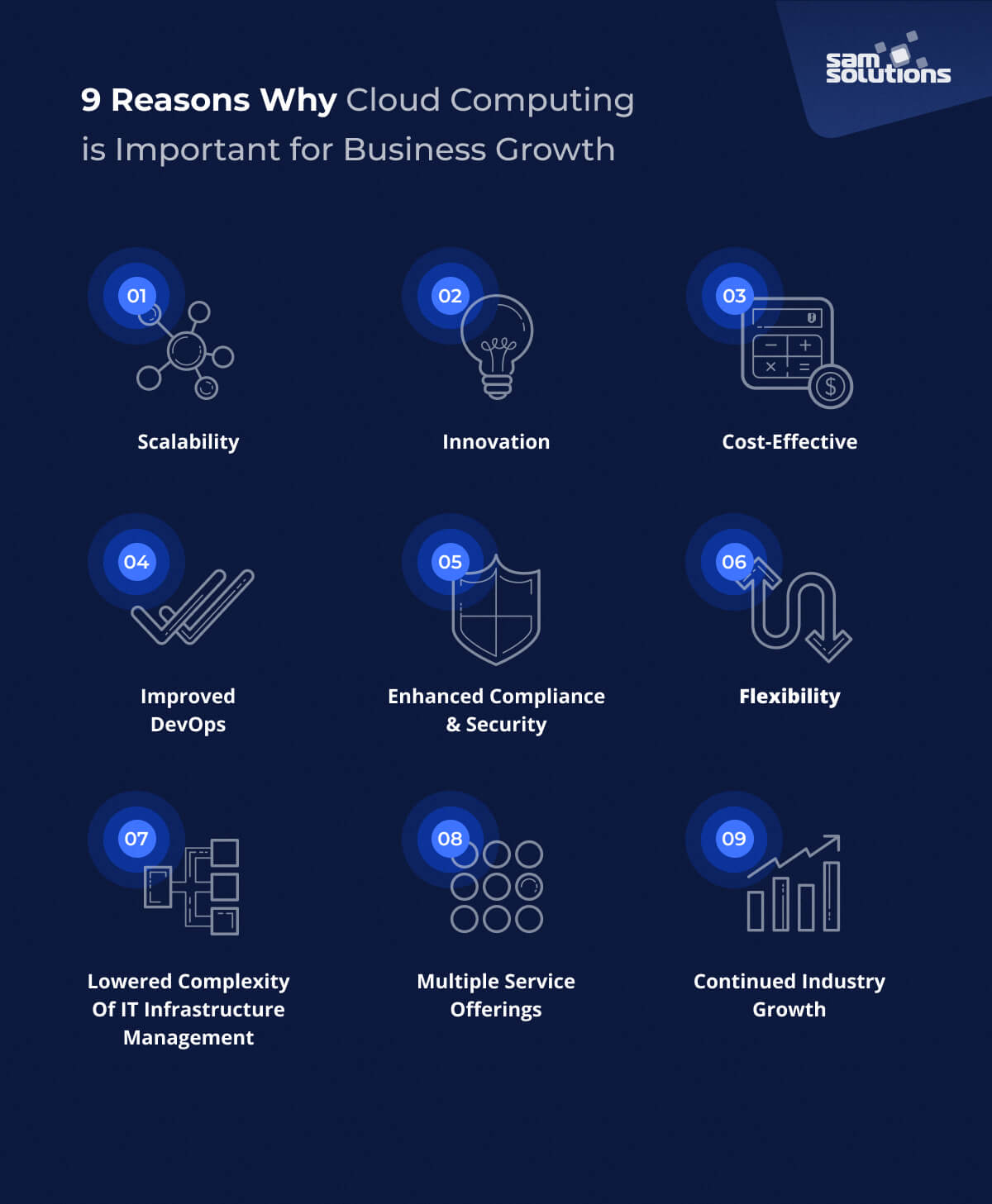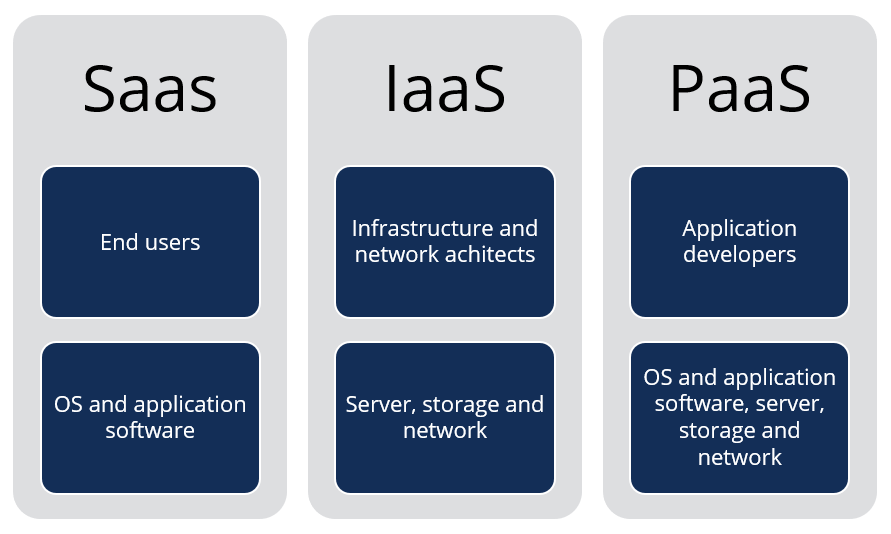Keep Updated with the Cloud Services Press Release: Fads and Developments
Wiki Article
Achieve Seamless Scalability With Cloud Provider
In the ever-evolving landscape of cloud services, attaining smooth scalability stands as a cornerstone for contemporary services seeking to remain affordable and versatile. The mission for seamless scalability with cloud solutions introduces a world of opportunities for those willing to embrace the transformative power of dynamic resource administration.Benefits of Cloud Scalability
Cloud scalability uses companies the versatility to dynamically change resources based on need, making certain ideal performance and expense effectiveness. In addition, cloud scalability promotes development and experimentation by enabling organizations to quickly evaluate new concepts and range them as required. Eventually, the benefits of cloud scalability expand beyond expense savings to include improved efficiency, dexterity, and innovation.Key Functions for Scaling
Efficient scaling in cloud solutions depends on crucial features that enable organizations to readjust sources dynamically based on demand. Another crucial feature is scalability, allowing systems to take care of increased work by adding sources perfectly. Generally, these key attributes jointly equip companies to attain smooth scalability in cloud solutions.Carrying Out Auto-Scaling Techniques
To successfully enhance resource allowance and adjust to differing work, organizations have to purposefully apply auto-scaling methods in their cloud solutions facilities. Auto-scaling permits systems to immediately change the number of compute sources based on real-time need. There are various auto-scaling methods that companies can use, such as predictive scaling, which uses historical data to forecast future resource requirements, and responsive scaling, which reacts to current workload adjustments.
Finest Practices for Scalability
For organizations aiming to enhance their scalability in cloud services, applying best techniques is essential for optimal performance and source monitoring. One secret best method is developing applications with a microservices design. This strategy breaks down applications into smaller sized, independent services that can be deployed, upgraded, and scaled individually, permitting for better adaptability and scalability.An additional vital technique is making use of containerization technology, such as Docker or Kubernetes. Containers allow the packaging of applications and their dependences into isolated systems, making it less complicated to scale parts separately and deploy linkdaddy cloud services press release them constantly throughout various atmospheres.
In addition, implementing automated implementation and framework as code (IaC) can enhance scalability initiatives (linkdaddy cloud services). Automation devices like Terraform or Ansible help in provisioning and taking care of resources efficiently, reducing manual errors and enabling rapid scalability
In addition, keeping track of performance metrics, establishing signals, and conducting normal capacity planning are necessary methods to ensure aggressive scalability monitoring. By sticking to these best practices, companies can accomplish smooth scalability in their cloud services while optimizing efficiency and source utilization.
Tracking Efficiency Metrics
When examining the performance of cloud services scalability, closely keeping track of performance metrics is critical for making sure optimal capability and resource allotment. By continually tracking essential performance indicators (KPIs) such as action times, latency, resource, and throughput application, organizations can acquire useful understandings right into the wellness and efficiency of their cloud infrastructure. Checking efficiency metrics allows for the early discovery of potential traffic jams or problems that could impact scalability, enabling positive actions to be required to resolve them prior to they escalate.

Conclusion
In conclusion, attaining smooth scalability with cloud solutions is essential for organizations to optimize performance, improve development, and maintain high efficiency levels during peak times. By leveraging the advantages of cloud scalability, carrying out auto-scaling approaches, utilizing vital attributes such as elasticity and automation, and following best techniques like application layout and efficiency surveillance, services can efficiently scale their systems while taking full advantage of resource utilization and efficiency.The pursuit for smooth scalability with cloud solutions introduces a world of opportunities for those eager to accept the transformative power of dynamic resource monitoring.
Cloud scalability provides companies the flexibility to dynamically change resources based on need, making certain optimum performance and cost effectiveness. An additional key feature is scalability, allowing systems to handle boosted work by including sources flawlessly.For organizations intending to enhance their scalability in cloud services, carrying out finest practices is critical for ideal efficiency and source monitoring.When evaluating the efficiency of cloud services scalability, very closely keeping track of efficiency metrics is critical for guaranteeing ideal capability and source allotment.
Report this wiki page